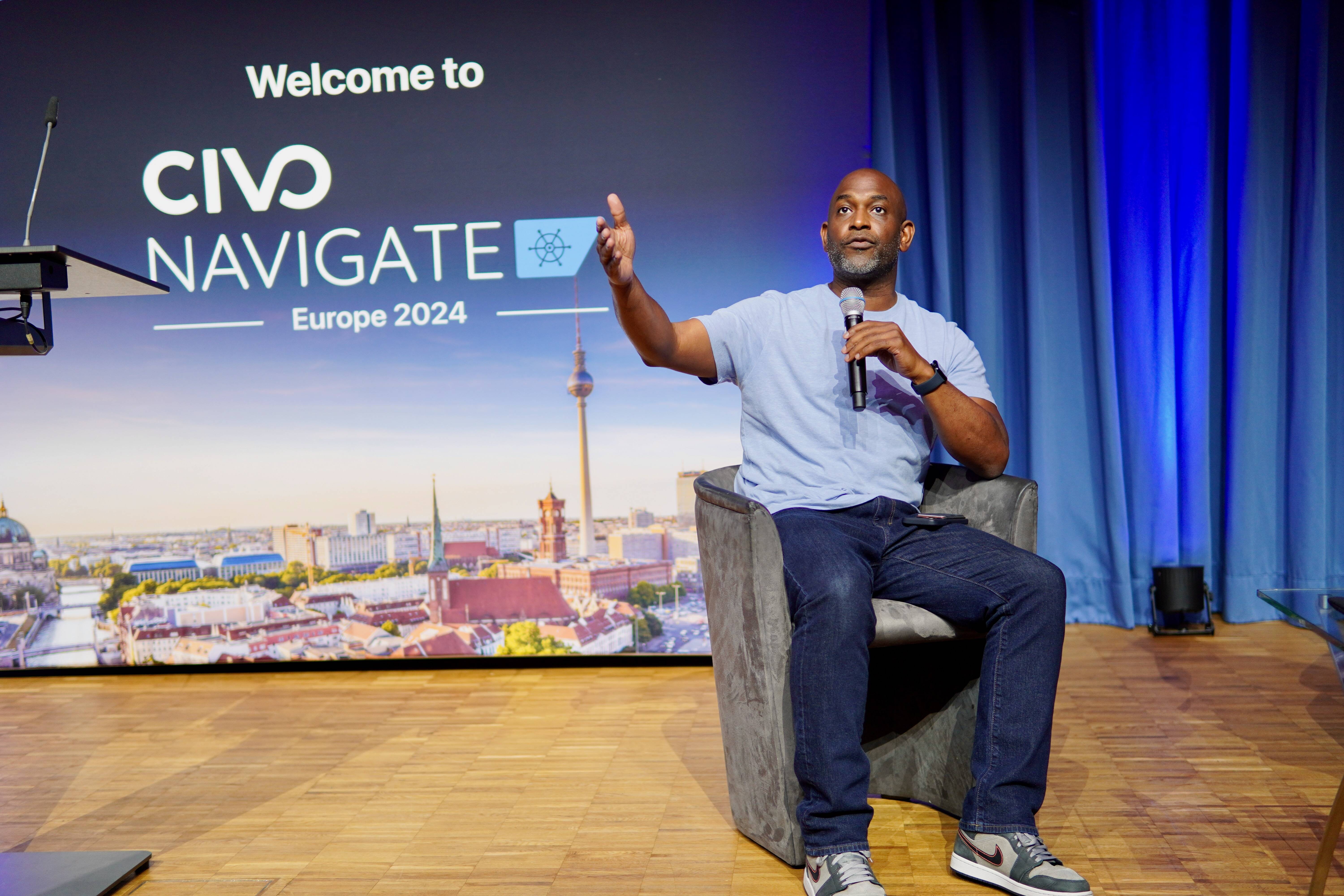
Authenticity in the age of AI: Growing Content Credentials momentum across social media platforms, AI companies and rising consumer awareness
Image shows how political campaigns can attach important attribution information to their content with Content Credentials.
We are in a boom time for viral deepfakes. From celebrities to presidential candidates, manipulated images — and allegations of such — are becoming ubiquitous, which is escalating concerns and misunderstandings over the authenticity and trustworthiness of all digital content. As the U.S. election approaches, the risk of high stakes deepfakes to spread rapidly and sway public opinion underscores the urgent need for adoption of tools that make it easy for consumers to critically evaluate the content they encounter online. In addition, promoting media literacy is essential to help people recognize the existence (and dangers) of deepfakes and effectively use these tools to avoid being misled. Our Authenticity in the Age of AI Study released today sheds light on why it’s critical that we act now to build a more transparent and trustworthy digital ecosystem. For example, the survey found that ahead of the U.S. presidential election, 94 percent of consumers said they’re concerned that the spread of misinformation will impact the upcoming election. In addition, uncertainty about what’s true or fiction has corroded public trust across the board, with 74 percent of consumers saying they have doubted the authenticity of photos or videos even from reputable news sites. We’ve reached a tipping point, with clear consumer demand for content transparency tools, as 93 percent of consumers say that it is important to understand how digital content that they consume has been made or edited. Fortunately, there is a solution! Since 2019, the Adobe-led Content Authenticity Initiative (CAI) has been focused on promoting the widespread adoption of provenance tools like Content Credentials, which is a free, open standard created by the Coalition for Content Provenance and Authenticity (C2PA). Content Credentials are essentially a “nutrition label” for digital content, carrying verifiable metadata like the date and time the content was created, edited, and signaling whether and how AI may have been used. This level of transparency is crucial for helping to dispel doubt, particularly during breaking news events and election cycles, and can help consumers verify the authenticity of content without burdensome extra steps. At this critical juncture, we are encouraged by the significant progress we’ve seen with widespread adoption of Content Credentials. The CAI now boasts over 3,300 members in its growing community, and the C2PA consortium includes major players across the content lifecycle, from camera manufacturers to generative AI companies to social media platforms all recognizing the importance of Content Credentials to help restore trust in digital content. I’m excited to share some of the latest highlights in Content Credentials momentum, and our goals for future widespread adoption. Promoting Content Authenticity and transparency for the public sector The Department of Defense’s implementation of Content Credentials allows anyone to click the “CR icon” on images on DVIDS’ website to get important context about the image including when and where it was captured. When it comes to promoting transparency around digital content, governments have a vital role to play. Just recently, the Department of Defense (DoD) became the first federal government agency to implement Content Credentials, applying this “nutrition label” to images hosted on DVIDS, an online resource for media and others to access digital content pertaining to U.S. military operations worldwide. Having Content Credentials attached to its content helps DoD verify the authenticity of the images it captures and uses during important information gathering. In addition, the Content Credentials provide an important level of transparency in the content that the DoD shares externally — helping to build trust with the public. The DoD’s use case demonstrates the pivotal role that Content Credentials can play in helping to build trust between governments, public officials and their constituents. By offering a more reliable way for these entities to communicate transparently, Content Credentials helps the public to verify the information they receive. This is especially important during election cycles, when doubt and misinformation tends to surge. ‘Big Five’ camera manufacturers committed to Content Credentials Content Credentials attached to a photograph that was taken with a Leica M11-P, which supports Content Credentials at the point of capture and edited with Adobe Photoshop. In May, Fujifilm, one of the world’s leading camera manufacturers, joined both the CAI and C2PA, announcing its commitment to integrate Content Credentials into its GFX and X series of cameras. With Fujifilm now joining Sony, Canon, Nikon and Leica as members of either the CAI and/or C2PA, that means more than 90 percent of digital camera makers have committed to providing transparency at the point of capture using Content Credentials. This is an important milestone. In addition, following the release of Leica’s M-11P last year as the world’s first camera with Content Credentials built-in, Leica last week released the Leica M-11D, its second camera with dedicated hardware-based Content Credentials. Ultimately, a provenance system that exists from the point of capture all the way through until someone sees the content online will build a chain of trust in the digital ecosystem and give the public a way to decide for themselves what to trust. Our latest Adobe research affirms this as 90 percent of respondents say they would like to see attribution details attached to online content, particularly during major news events or global crises. Knowing a photo is a photo, and having the ability to verify where something came from should be a basic right for consumers, and with the latest commitments and adoption from camera manufacturers — we should see more use of Content Credentials soon. Significant Content Credentials milestones across tech, social and AI platforms Over the past few months, we’ve seen significant progress with technology companies, social media platforms and generative AI companies joining our efforts and reinforcing the value Content Credentials in providing critical information about how a piece of digital content was made, what edits were made, and who created it, particularly as AI-generated content surges. Earlier this year, Google joined the C2PA steering committee and this week, they shared more details about how they’re planning to bring Content Credentials into Search to inform users whether an image containing C2PA metadata was created or edited with AI tools. In addition, they are integrating Content Credentials into their ad systems and exploring ways to relay Content Credentials information to viewers on YouTube when content is captured with a camera. Amazon is the newest company to join the C2PA steering committee, announcing that Content Credentials will be attached to images created using its Amazon Titan Image Generator v1 and v2 for enterprises. Meta is the latest social media company to join the C2PA steering committee and support Content Credentials as part of its approach to help users identify and label AI-generated content published across Meta’s platforms. TikTok became the first social media platform to support Content Credentials, as it announced joining the CAI and C2PA and will label AI-generated content uploaded to its platform with Content Credentials attached, with additional support coming in the future. LinkedIn announced Content Credentials will be displayed prominently on the platform. OpenAI joined the C2PA steering committee earlier this year, marking a significant milestone and representing greater unity of purpose behind transparency in digital media as generative AI content becomes increasingly common. Authenticity in the age of AI — The time is now We now live in a world where digital content can be easily and convincingly altered, or wholesale conjured from a simple text prompt. Content Credentials provide a way to help discern what’s trustworthy. But this is only one part of the solution. To realize the full potential impact of Content Credentials, faster, broader adoption is essential. The time is now. The impact of Content Credentials can only be fully realized with continued widespread adoption. While there’s efforts to make Content Credentials more user-friendly and secure, the foundation is in place and the technology is ready now for anyone to use. Next month we’ll welcome many of you to Adobe MAX and we’re excited to share even more on Adobe’s continued investment in helping the creative community connect with their audience with Content Credentials. https://blog.adobe.com/en/promotions/big-rock-assets/content-authenticity-org https://blog.adobe.com/en/publish/2024/08/02/rebalancing-trust-in-favour-of-ai-potential https://blog.adobe.com/en/publish/2024/05/10/restoring-trust-in-ai-generated-content-requires-many-hands https://blog.adobe.com/en/publish/2024/04/10/generation-ai-building-a-foundation-for-ethical-content-with-andy-parsonsWe are in a boom time for viral deepfakes. From celebrities to presidential candidates, manipulated images — and allegations of such — are becoming ubiquitous, which is escalating concerns and misunderstandings over the authenticity and trustworthiness of all digital content. As the U.S. election approaches, the risk of high stakes deepfakes to spread rapidly and sway public opinion underscores the urgent need for adoption of tools that make it easy for consumers to critically evaluate the content they encounter online. In addition, promoting media literacy is essential to help people recognize the existence (and dangers) of deepfakes and effectively use these tools to avoid being misled.























